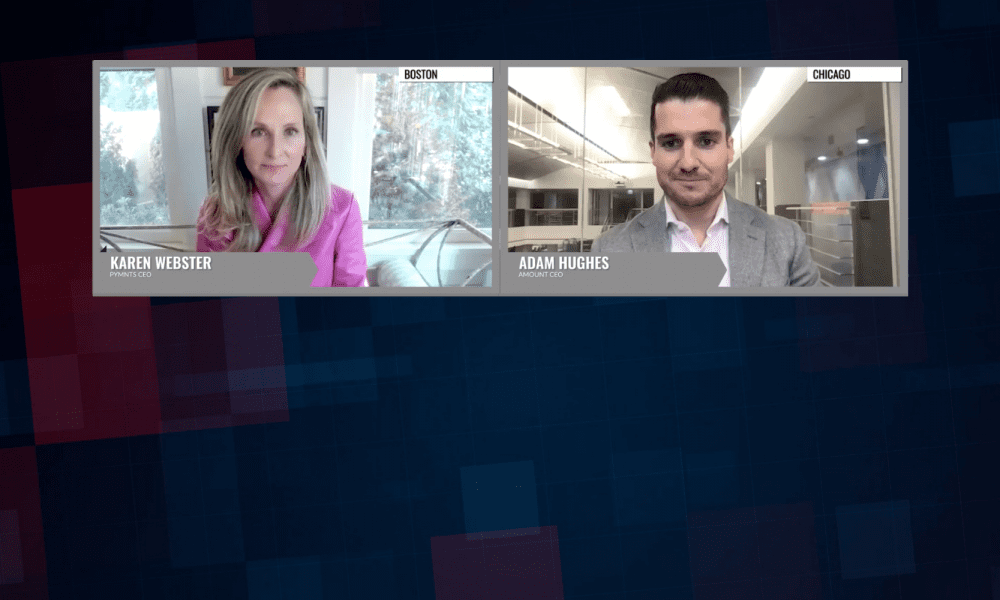Buy now, pay later (BNPL) is having a moment — one that won’t dissipate anytime soon.
More than a fad, the payment choice that allows consumers to break up the cost of purchases into equal installments over a period of weeks or months is the fastest growing segment of finance.
PYMNTS research found that roughly 11% of the population, equivalent to 29 million individuals, have used BNPL at least once over the past 12 months. The providers have been pure play firms such as Affirm, Afterpay, Sezzle, Klarna as well as PayPal, which lets its merchants offer installment financing to their end customers.
Financial institutions (FIs) have trailed in, offering that payments functionality, with those that do presenting the consumer with a totally different experience even though the installment feature is consistent. Rather than present the installment option on the product page where consumers make their purchase decisions, card issuers present the feature after purchases are made as part of managing their credit card payment.
As a result, banks are leaving money on the table, especially considering the high abandonment rates seen in online commerce and where payment choice can boost conversion.
Read more: 29M US Consumers Used BNPL in the Past 12 Months
Yet, banks have inherent advantages when it comes to tackling BNPL, Adam Hughes, CEO at FI technology provider Amount, told Karen Webster. And a greenfield opportunity exists for the FIs willing to make the leap. According to PYMNTS research, nearly half of all consumers who use BNPL also said they would like to get that service from their bank or credit card issuer.
“Banks are really missing that boat by only offering credit cards to their merchant partners and consumers,” Hughes said.
Speeding the Time to Market
To help banks seize more of the BNPL opportunity, Amount said Tuesday (Oct. 26) that it will pair its configurable omnichannel loan origination BNPL solution with Marqeta’s virtual card issuance capabilities to accelerate FI’s entry into the BNPL space.
The initial rollout, Hughes said, is focused on eCommerce, but it will support the physical point of sale (POS) if banks choose that option, as well.
He said that the combination of offering the virtual card and the BNPL option can help banks drive revenue and cement customer loyalty. That customer loyalty is critical, considering that 48 percent of BNPL users (as noted above, a significant and growing percentage of the population) won’t buy from a merchant unless they offer the installment option.
See more: How the BNPL Surge is Shifting Merchants’ Outlooks — And Consumer Behavior
At a high level, noted Hughes, consumers really like the BNPL product. They like the transparency, they like the predictive payments — and they like that they can really budget against those payments. As a result, merchants are increasingly asking their banking partners and FI partners to embrace and offer that asset class.
“The success enjoyed by the Klarnas and the Affirms and the Afterpays of the world — as these tech upstarts gain scale — has awakened banks to the fact that buy now pay later is here to stay,” Hughes explained. “Every bank is interested in BNPL.”
The Way It’s Been Done — and the Way It Will Be Done
But in order to capitalize on the market opportunities, said Hughes, FIs must tackle BNPL with a new approach, aided by partnering with providers like Amount.
In the banks’ current setup, where they have built installment offerings around a card product, consumers make a purchase and then that transaction is “flipped” into a BNPL program afterward. But, as Hughes contended, having a “pre-purchase” embedded BNPL option presented to a customer at the POS can drive more sales conversions.
Those conversions hinge on catering to consumers’ preferences. Consumers, he said, want to have the option to pay for things with a credit card, debit card or innovative financing product. Giving people more affordable options, which banks can typically do, as they have a deep understanding of the consumer and strong capital positions, is a positive for all stakeholders.
And in a sign of how consumers already are leveraging installments to fit their own preferences, he said, Amount has seen that customers prefer a split payment arrangement for purchases under $500. For transactions above that level, consumers tend to embrace installment plans that stretch out to as long as a year.
He said that Amount, through its integrations, offers that functionality to its banking partners, enabling them to launch BNPL in a matter of months rather than doing it all in-house, which lengthens the time to market considerably.
By tapping into the Amount/Marqeta offerings (and a modular approach) and leveraging the data that the bank already has on hand about a consumer’s finances, the BNPL offer can be tailored to that consumer’s risk profile, while moving beyond simply relying on FICO scores, Hughes said.
He noted that without having to do the heavy technical lift, banks can exploit some of the strategic advantages that have been in place for a long time, as they have expertise around underwriting (using Fair Credit Reporting Act variables) and compliance.
The combination of data-driven consumer insight and tailored offerings will ultimately allow banks to win in BNPL, he said. And for the FIs, the widened embrace of BNPL will ensure there is a more sustainable path to banks having a scalable portfolio.
Looking ahead, he said, we’re still in the early innings of BNPL’s expansion. But within a few years, by 2025, according to Hughes, all banks and credit card firms will offer BNPL.
The combination of the banks’ brand and capital advantages paired with them, Hughes said, can offer a competitive BNPL product in their markets.
“That’s good for the merchant base, driving total order sizes,” he said. “It’s good for the customer base, as the consumer gets more affordable options to choose when buying things online or in store.”
And it’s also good for the bank, which gets to build a stronger relationship with its customer with a product they like using.







